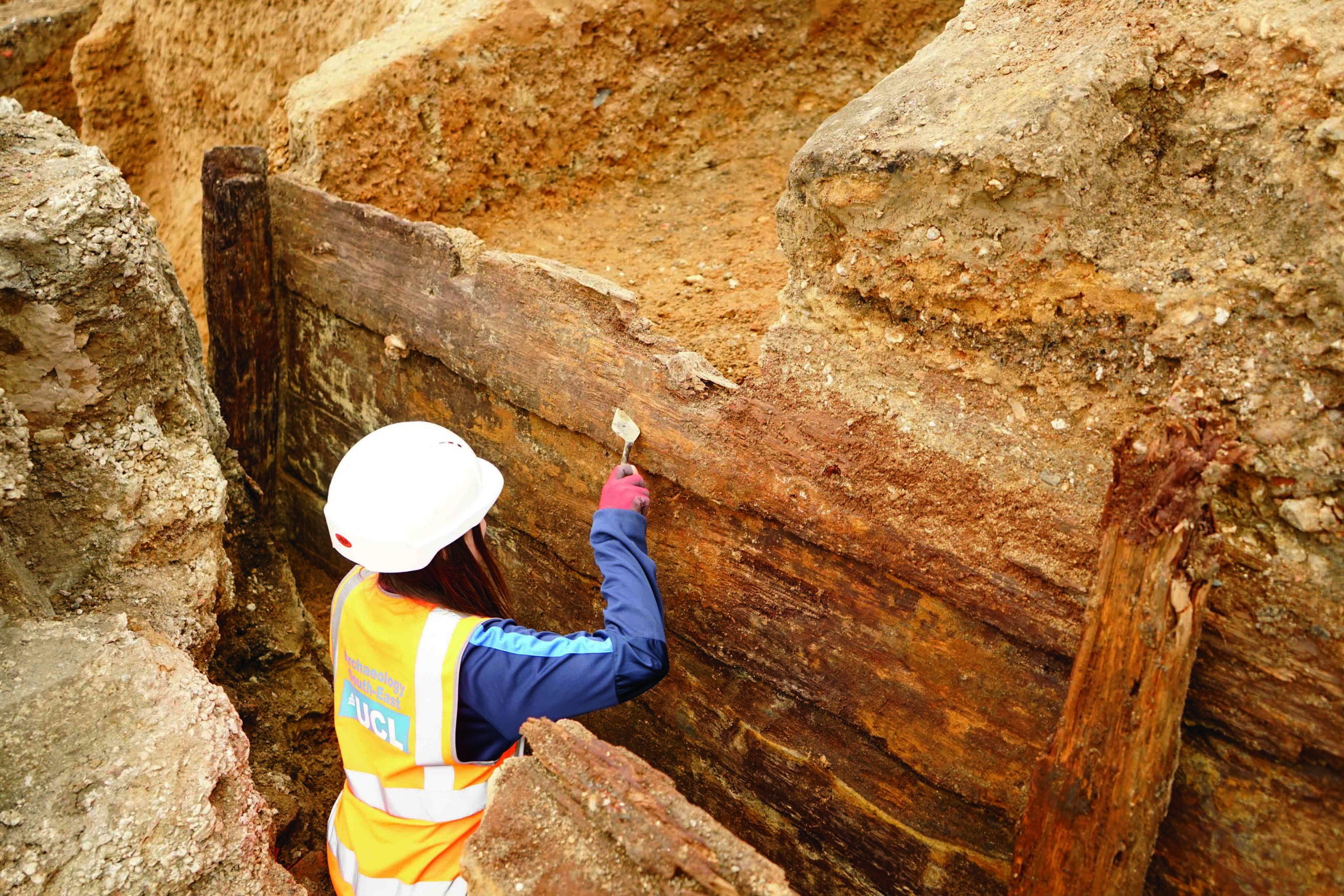KATOWICE, POLAND—According to a Live Science report, Maria Fajer of the University of Silesia and her colleagues employed lidar technology to record some 6,000 bomb craters in the Koźle Basin, an area composed of forests and wetlands in southern Poland that was part of Germany during World War II. Allied bombers dropped tens of thousands of bombs in the region, which the German government used for industrial fuel production, in 1943 and 1944. The size of the craters today ranges from 16 to 49 feet in diameter. Many have been erased or modified over the past 75 years through erosion, farming, and new construction. “These are variously preserved bomb craters, ranging from those that are very well visible in the field to traces of backfilled and reclaimed craters,” Fajer explained. The craters now provide new animal and plant habitats. “The many water bodies and marshes that formed in the bomb craters contributed to the diversification and enrichment of local ecosystems, where sandy soils dominate,” she added. Fajer recommends conserving the scars on the Koźle Basin landscape as a reminder of the war’s devastation. For more on the effects of World War II on the European landscape, go to "Letter from Normandy: The Legacy of the Longest Day."
Researchers Map World War II Bomb Craters in Poland
News March 18, 2021
Recommended Articles
Digs & Discoveries November/December 2020
Honoring the Dead
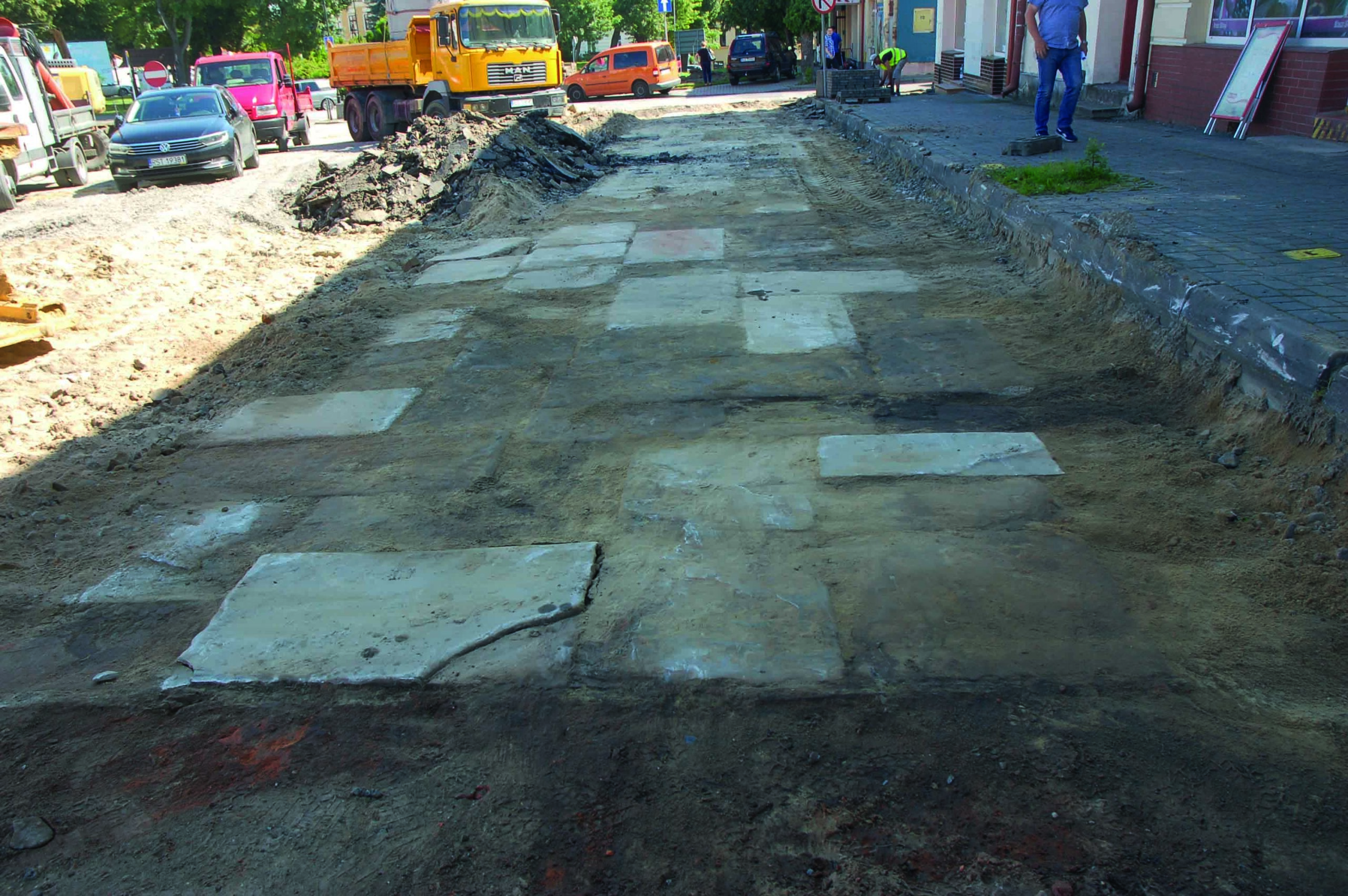
Artifacts May/June 2020
Torah Shield and Pointer

Top 10 Discoveries of 2020 January/February 2021
Largest Viking DNA Study
Northern Europe and Greenland
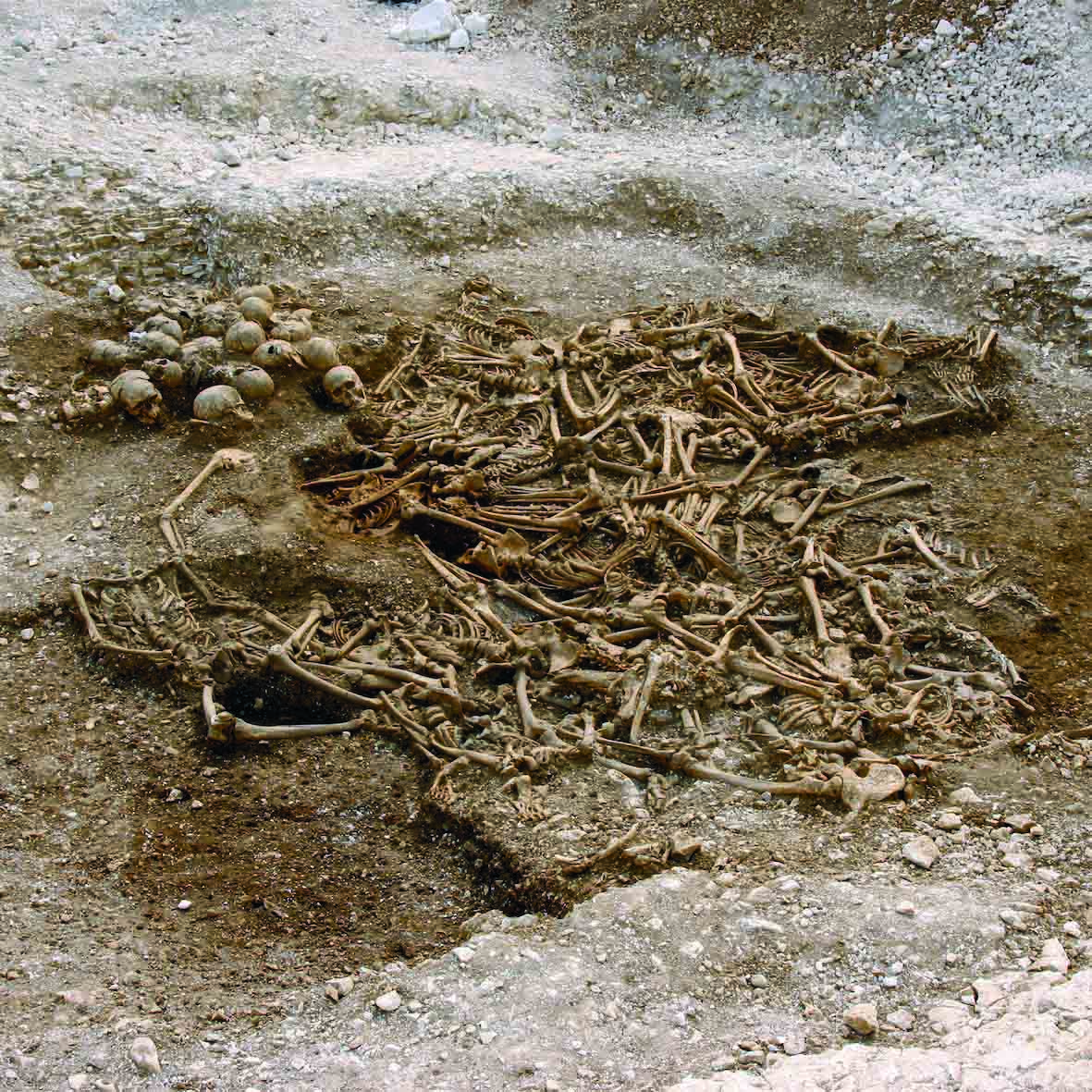
Digs & Discoveries November/December 2020
Piggy Playthings

-
 (Pasquale Sorrentino)
(Pasquale Sorrentino) -
Features January/February 2021
Return to the River
Members of Virginia’s Rappahannock tribe are at work with archaeologists to document the landscape they call home
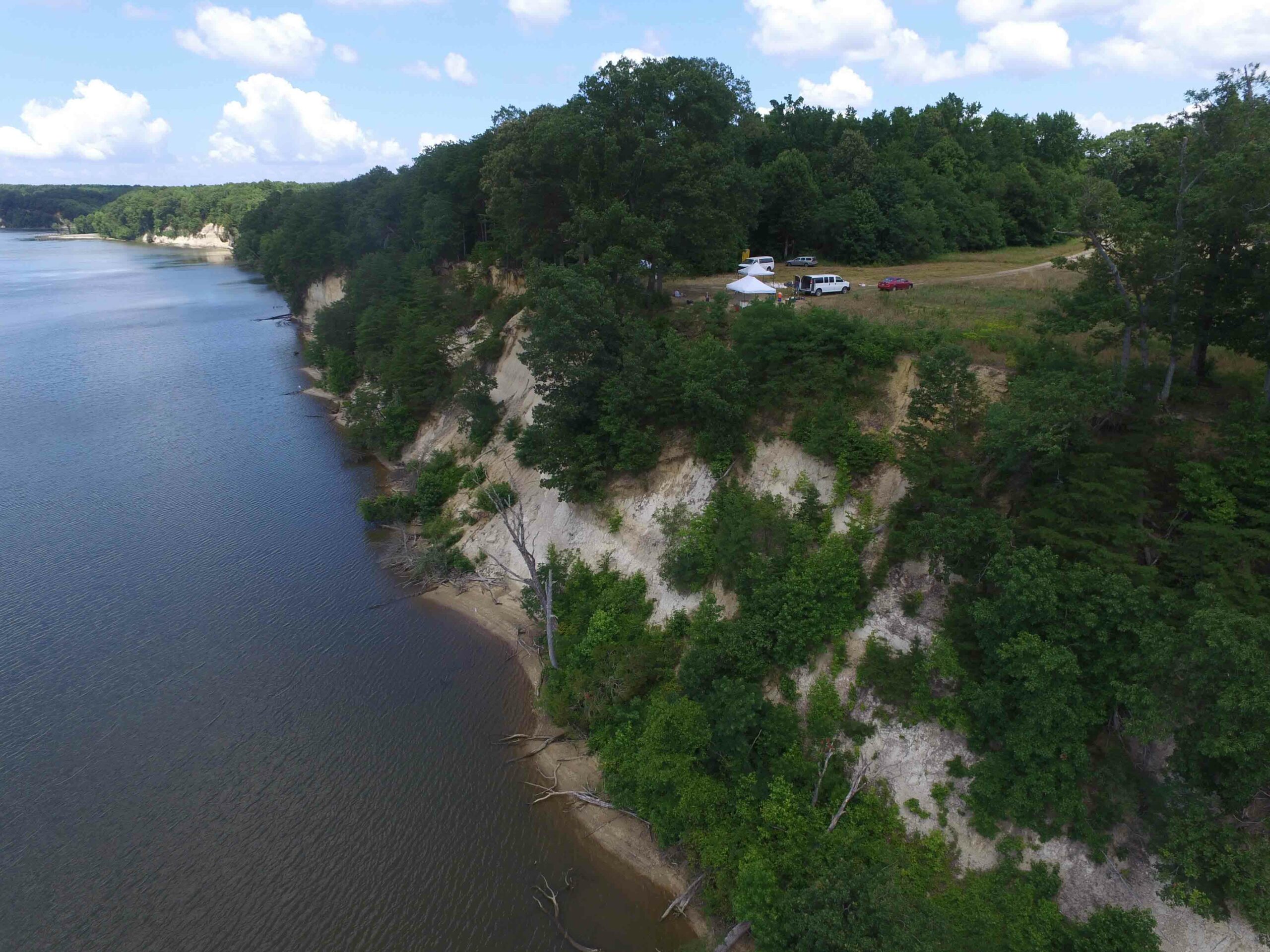 (Courtesy Julia King)
(Courtesy Julia King) -
Letter from Woodhenge January/February 2021
Stonehenge's Continental Cousin
A 4,000-year-old ringed sanctuary reveals a German village’s surprising connections with Britain
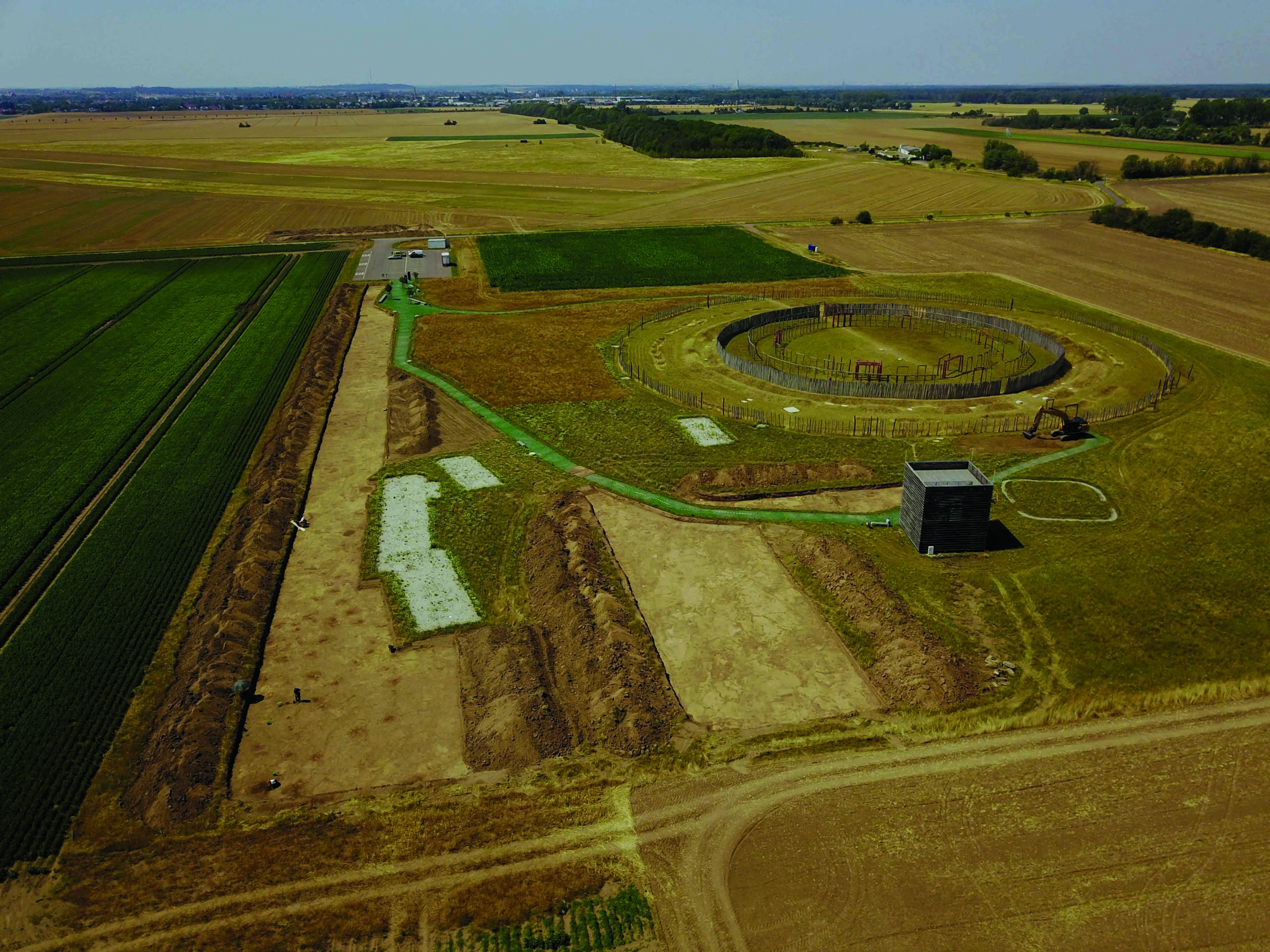 (Photo Matthias Zirn)
(Photo Matthias Zirn) -
Artifacts January/February 2021
Inca Box with Votive Offerings
 (Courtesy Teddy Seguin/Université Libre de Bruxelles)
(Courtesy Teddy Seguin/Université Libre de Bruxelles)


